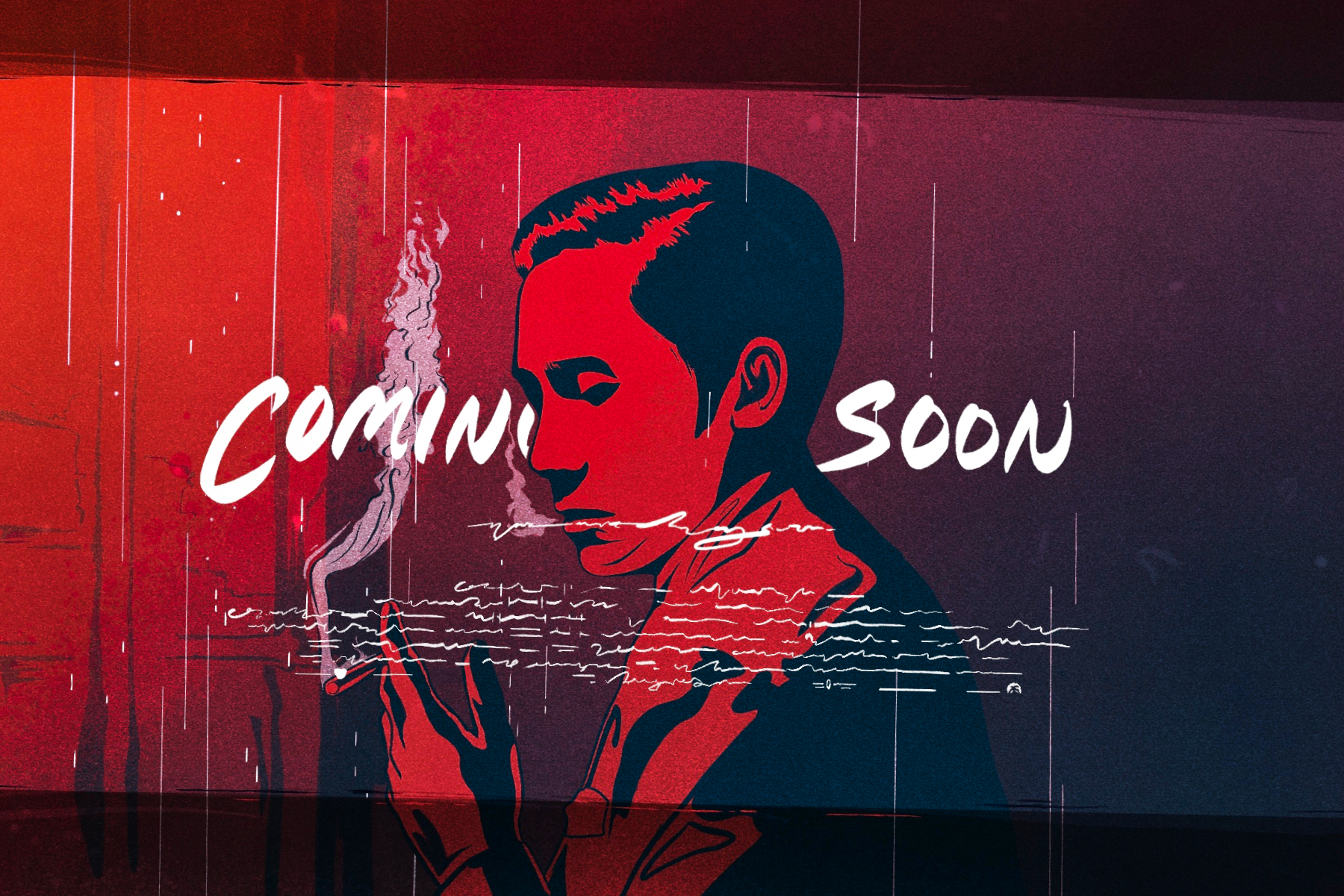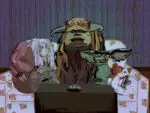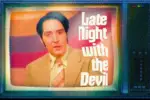The first impression you have of something is often the most influential, just as crafting an attention-grabbing opener for this article is essential. Have I succeeded yet? Movie trailers are used to streamline first impressions into one cohesive vision that captivates audiences and makes promises about the content to come. Especially in the digital age where YouTube views know no bounds, fans can end up rewatching trailers more than the films they advertise. With their importance in mind, let’s consider the art of the movie trailer.
Movie Trailer Missteps
To understand successful movie trailers, the pitfalls of creating one must also be acknowledged. Lots of trailers have missed the mark over the years, though often for different reasons.
Some trailers give away too much information regarding the film’s plot. Trailers like “Batman v Superman: Dawn of Justice” and “Kingsman: The Golden Circle” spoiled major twists of the movies they were meant to tease. The former showed the surprise villain that should have remained hidden until the theatrical release, especially because the sneak peek gave audiences more time to criticize the questionable character design. The latter revealed the major return of a character thought to be dead — a twist that would have played out much better if audiences didn’t know it was coming.
Other trailers simply misrepresent the films they’re promoting. “Jennifer’s Body” was infamously marketed as a sexual horror movie perfectly tailored for the male gaze. What viewers found instead was a clever, feminist, coming-of-age satire that approached difficult topics like assault head-on. Alas, studios were determined to capitalize off of Megan Fox’s beauty and popularity, so they essentially crafted trailers for an entirely different film. As a result, the movie was a commercial and critical failure.
The first “Venom” teaser didn’t even show Venom — only Eddie Brock in a psychological thriller atmosphere that didn’t match the comic book anti-hero tale fans were waiting for. The 1977 “Star Wars” trailer looks more like a cheesy ‘70s B-movie, complete with a melodramatic narrator dropping lines like, “It’s a big, sprawling space saga of rebellion and romance.” Though the movie very likely could have been remembered that way if it never achieved the level of cultural domination it knows today, the trailer still did little to hint at the revolutionary science-fiction world George Lucas had in store.
Greatest Hits
Just as some movie trailers are immortalized for their failures, others are remembered for doing their films justice in a number of different ways. The theatrical trailer for “The Shining” is simple; it rolls a short credit sequence over the infamous Overlook Hotel elevator before playing the iconic shot of blood rushing from the doors and soaking the camera in red. It’s still talked about to this day.
The “Psycho” theatrical trailer is similarly iconic: It shows master of suspense Alfred Hitchcock taking audiences on a tour of the Bates Motel and home property for roughly six minutes. All the while, he describes the murders that take place there in great and unabashed detail.
The trailer for “The Social Network” begins with a montage of friend requests and social media posts with a choral cover of Radiohead’s “Creep” playing in the background. It chooses to showcase all the people affected by Zuckerberg’s creation before even showing the man himself, or at least the fictional iteration of him, and thus establishes the far-reaching implications of the film’s thesis.
Jordan Peele’s “Us” also uses music to its advantage. The trailer begins with a family listening to Luniz’s “I Got 5 On It.” Soon, the lighthearted moment fades to a more ominous, orchestral remix of the song as the movie’s horror elements are revealed. The transition is seamless and unnerving all at once, and perfectly encapsulates the uncanny feeling of the entire film.
Perhaps one of my favorites is the “Nightcrawler” teaser. The movie’s core images of violence and corruption flash on the screen in rapid succession. Meanwhile, Jake Gyllenhaal’s soft-spoken job interview plays out off-screen. “If you want to win the lottery, you have to make the money to buy a ticket,” he repeats with a sense of meritocratic gusto as car crashes and murders populate the screen. The juxtaposition is perfectly unsettling.
The Movie Trailer Formula and Why It Matters
There’s no singular way to create a movie trailer. As discussed, there are certain things to avoid altogether, like spoiling the film’s outcome. Granted, typical trailers do tend to follow a three-act structure much like that of movies. These three acts, however, should exist on a smaller scale. The first act establishes exposition, such as the setting and characters. The second act introduces conflict and the third provides some sort of climax.
Obviously, these acts and their definitions should be treated loosely. The “climax” in question shouldn’t give away the film’s entire resolution because audiences need suspense and tension to stay engaged. Furthermore, many of the trailers mentioned prior don’t even seem to follow the aforementioned structure. After all, Hitchcock walking around the Bates Motel and talking to the audience doesn’t craft the most straightforward narrative.
Capturing the essence of the film is really the most important part. “Jennifer’s Body” is a cautionary tale against marketing that doesn’t actually prioritize the intended audience. If it was released now, the movie would likely be branded a marker of the #MeToo movement, and I believe it would be a critical success. Similar female-centric “thriller” movies have been released since, and titles like “Black Swan” and “Promising Young Woman” have been met with much more positivity. It’s amazing how much a trailer, and the strategy surrounding it, can shape the path of a project.
Crediting the Creators
Movie trailers aren’t featured at the Oscars, but maybe they should be. In fact, it’s difficult to even credit a given trailer to its creator. I attempted to find the person or persons responsible for crafting the “Nightcrawler” trailer, but that answer was nowhere to be found. Both the YouTube description for the trailer itself and the IMDB page for the film were devoid of that information.
It turns out that trailers are edited by an entirely different team than the film. Trailers are often edited by third party trailer houses who might begin before filming has even started. They work with scripts and dailies, in conjunction with the movie studio responsible, to compile footage.
Sometimes studios have a specific vision in mind. Shooting schedules will actually be altered to film “trailer moments” as early as possible, especially for CGI-heavy projects like those of the Marvel Cinematic Universe. Other studios look to the trailer houses for creative direction and strategy. Either way, trailer houses have their work cut out for them.
Movie trailers and their creators deserve more credit for the massive impact they’ve had on the film industry. There have been wonderful trailers made for bad movies, and there have been great movies plagued by misdirected trailers. In either case, the trailer is ground zero for garnering an audience and establishing expectations for the project to come.

















